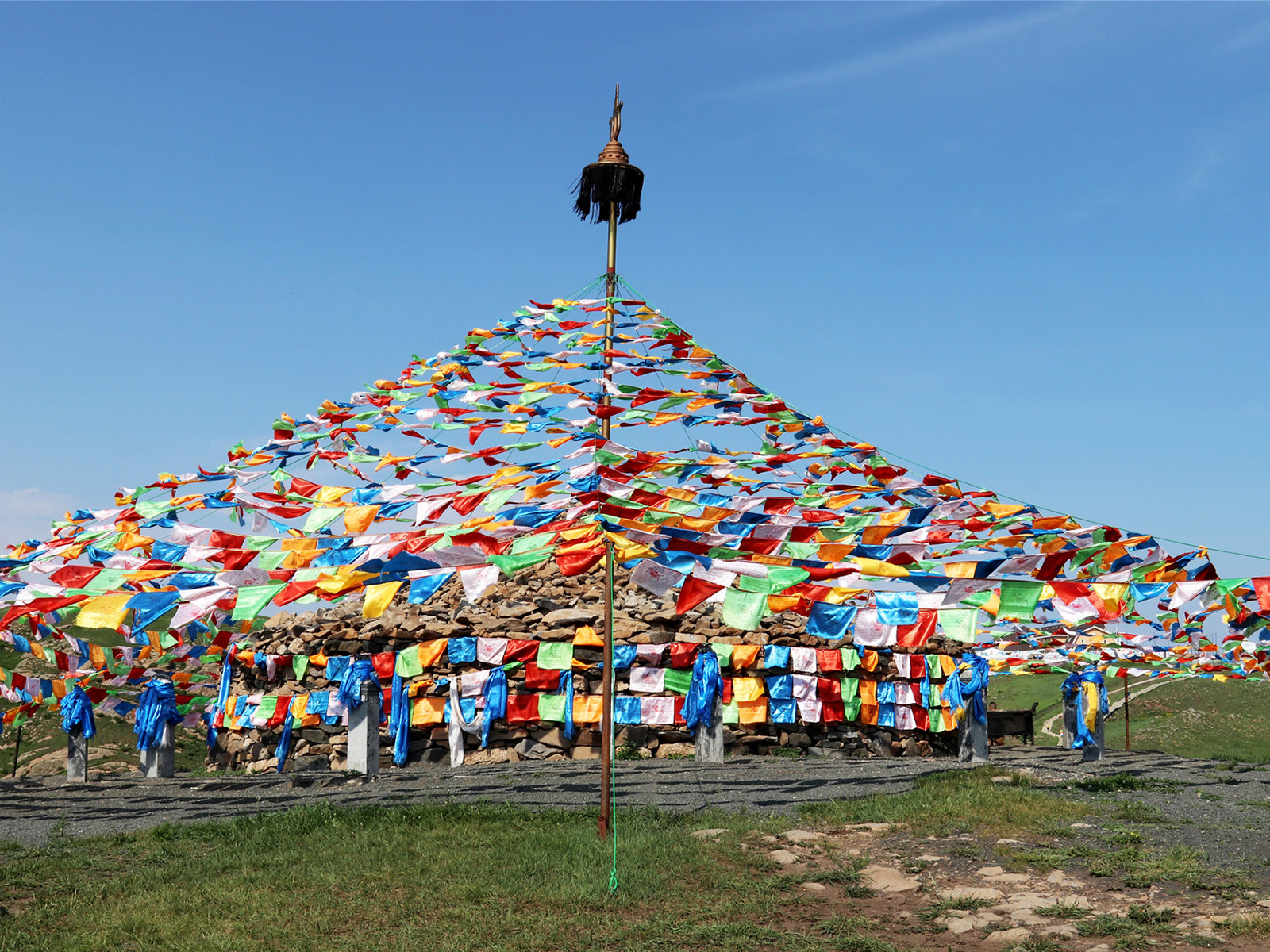
Introduction to Inner Mongolia
Put simply, Inner Mongolia is the northernmost province of China whereas Mongolia is an independent country sandwiched between Russia and China.
As one can guess from the names, both Inner Mongolia and Outer Mongolia were used to be a single region mainly populated by Mongolians. For some political reasons during the 20th century, Outer Mongolia gained independence and became a nation of its own. Majority of its population is ethnic Mongols.
Inner Mongolia, on the other hand, remained part of China and saw great development in the past 50 years. You might be surprised to know that 80% of the population in Inner Mongolia is Han Chinese, not Mongolians, which make up about 17%(around 5 million).
Although Inner Mongolia and Outer Mongolia are discussed separately on most occasions, they do have a lot of connections. All Mongolians have a uniform idea of their ancestors, and their lifestyle has pretty much stayed the same in many aspects. In this sense, the boundary is only political, not cultural.
Both Inner and Outer Mongolians speak the same language, and they can understand each other with ease. However, when it comes to writing, Inner Mongolia uses traditional Mongolian script while Outer Mongolia uses Mongolian Cyrillic Script(another example of politics at play).
Inner Mongolia and Outer Mongolia are not all that different when the focal point is Mongolian people and their culture. But on other terms, the difference can be quite stark and it is likely to be more so in future.
| Inner Mongolia | Mongolia | |
|---|---|---|
| Full Name | Inner Mongolia Autonomous Region | Mongolian Nation |
| Capital | Hohhot | Ulaanbaatar |
| Area | 1.18 million square kilometers | 1.56 million square kilometers |
| Population | approx. 24 million(5 million Mongolian) | approx. 3 million(mostly Mongolian) |
| Language Spoken | Mongolian, Chinese | Mongolian |
| Language Written | Traditional Mongolian Script, Mandarin | Mongolian Cyrillic Script |